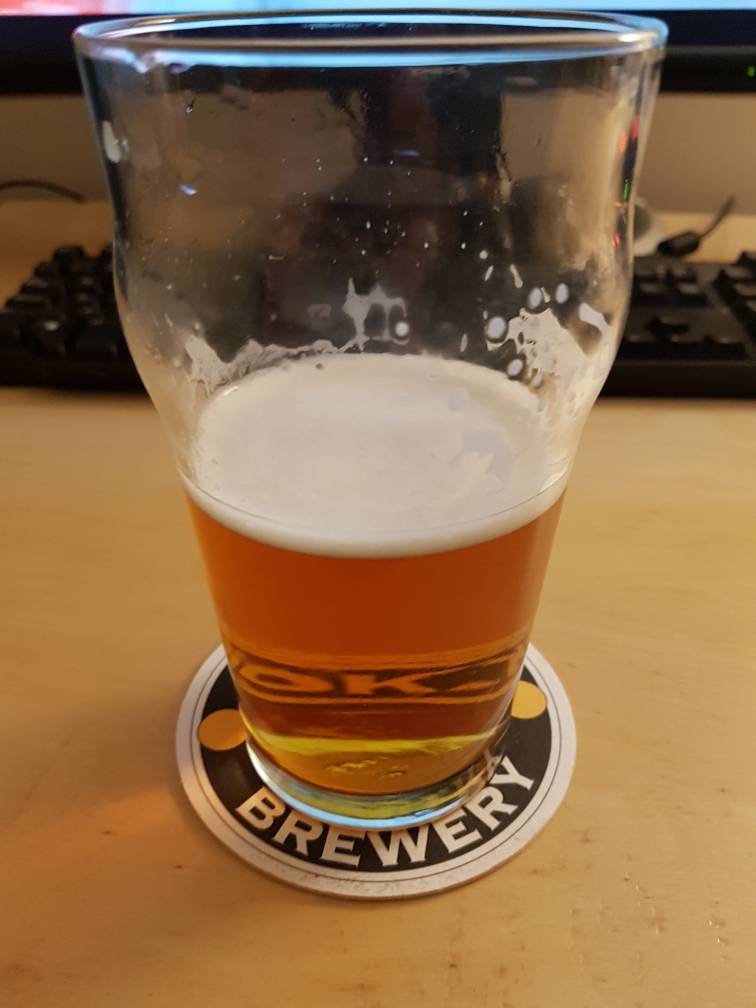@eddie - no secondary.
@EnglishAndy - I bet the problem was too much trub in keg getting further restricted by post and QD poppets / springs. Still, I will test those components after the keg kicks. Thank you!
@GPP33 - This morning, my GI system is not happy that I had three cloudy pints last night... TMI? LMAO
@PADave @MrPowers - Now I've got something else to worry about (flow control clogging). I'm not buying different taps now, not in the budget. So, now that the taps are in place and not going anywhere, what do I do if they clog?
Thanks!
Another thing I've done is take the tap apart and remove the flow control disk thing. It's a real simple design, and pretty easy to figure out. Pour a couple/few pints without the flow control till it clears up, then reinstall the disk back into the tap. Something to take apart and clean on a regular basis anyway, as it's pretty easy for hop debris to get stuck in there.











![Craft A Brew - Safale S-04 Dry Yeast - Fermentis - English Ale Dry Yeast - For English and American Ales and Hard Apple Ciders - Ingredients for Home Brewing - Beer Making Supplies - [1 Pack]](https://m.media-amazon.com/images/I/41fVGNh6JfL._SL500_.jpg)















































